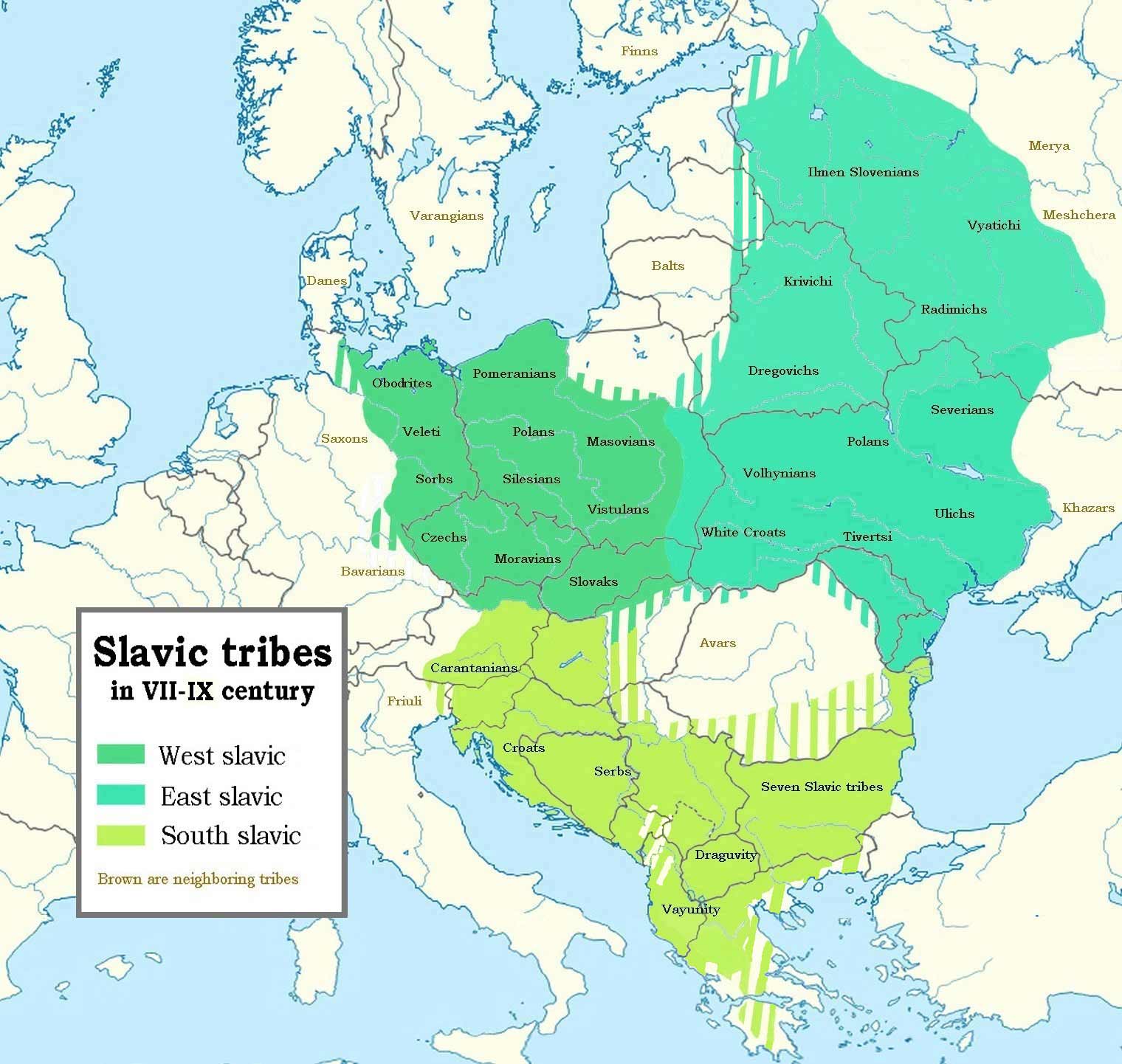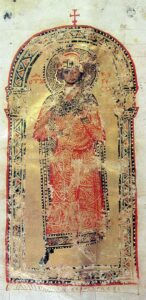Belgrade through history - part 2
Looking at Belgrade through the centuries, as it changed and developed, we come to the time of Byzantine power and supremacy over the Balkan Peninsula. The Roman Empire stumbles and divides, and Singidunum remains close to the northwestern border of the Eastern Roman Empire.
What was the fate of Belgrade in upcoming events?
Huns in Belgrade (Singidunum)
The shaken Roman Empire collapsed after the death of Emperor Theodosius 1. The former Roman Empire was divided into Western and Eastern Empires. Turbulent times followed for the entire region, including Singidunum (Belgrade). The Hun war expeditions, led by the legendary Hun leader Attila the Hun, were more successful and more ferocious. Numerous cities including Sirmium, Naissus, Margum fall before Attila the Hun. Moesia and Illyricum suffered enormous damage during the invasion. The Huns were not the only ones responsible for the destruction of Moesia and Illyricum. The tribes of Ostrogoths, Gepids, Avars, as well as numerous tribes of Slavs, continued invading the mentioned cities after the Huns. But let us get back to Singidunum.

photo credits: Attila By A.Berger - Own work, CC BY-SA 3.0
https://commons.wikimedia.org/w/index.php?curid=7362503
The year is 441, and that is the year that marked the fall of Singidunum. The Hun invasion was successful, and as a result, it had the destruction of the city and fortifications. The fact that speaks of the cruelty of the invasion is that the entire population of the city was sold into slavery.
“Germani” in Belgrade (Singidunum)
The next period did not bring peace to the area of Singidunum, which very often changed owners after the Hun invasion. After Attila died in 454, the Hun Empire disintegrated. The Romans briefly regained control of the city, which soon fell into the hands of the Sarmatians. In 470, the Germanic Ostrogoths expelled the Sarmatians from Singidunum, capturing the city. Less than 2 decades later, the city was occupied by the Gepids, only to be recaptured by the Ostrogoths in 504.
Singidunum experienced peace and prosperity only when it returned to the possession of the Eastern Roman Empire - Byzantium. This happened after the peace agreement between the Ostrogoths and Byzantium. In 535, the Byzantine emperor Justinian I restored Singidunum. In the mentioned renewal of Singidunum, the city regained its fortifications, and thus its military value.
The arrival of Slavs in Singidunum
The peacetime period and the time of prosperity lasted for 50 years, until the great Avar plunder in 584. The Avars and Slavs were an impending threat to Byzantium, so the Byzantine emperor of Mauritius decided on military maneuvers along the Balkan Peninsula. The campaigns aimed to defend the Byzantine provinces in the Balkans from the impending threat. During the war expeditions, Singidunum served as a military base all the time.

image credits: Slavic tribes Autor: Jirka.h23 - Vlastito djelo, CC BY-SA 4.0,
https://commons.wikimedia.org/w/index.php?curid=34926408
Mauritius dies in 602. In the same year, the Avars once again captured Singidunum, burning and looting it completely. In the period that followed, the city, as a border fortification, completely lost its significance. In 630, the Slavs settled in the city and its surroundings with the prior permission of the Byzantine governor Singidunum. The moment of the settlement of the Slavs in Singidunum represents a historical turning point for the further life and development of the city. The Slavs, determined to make the city their permanent settlement, defended it from numerous invaders.
Singidunum, as a border fortification, lost its military significance for Byzantium in the following period. The center of events moves south towards the heart of Byzantium. In that way, the newly arrived Slavs get the time and much-needed peace to build a new city according to their needs on the ruins of Singidunum.
Singidunum named Belgrade for the first time
Peace in this area lasted for almost 2 centuries. A new danger came to the city walls. The Frankish army, led by Charlemagne, conquered all the Avar territories and built its settlement of Malevila on the ruins of Taurunum. Among the Slavs, the name Zemln could be heard for the settlement of Malevila, which later grew into Zemun.
Although a large military force threatened to seize Singidunum, this did not happen due to the simultaneous strengthening of the Bulgarian state. Led by their ruler Krum, the Bulgarians significantly expanded the borders of their state and their influence over the Balkan Peninsula, at the same time inflicting significant defeats on the Byzantine army.

photo credits:
By Constantine of Preslav - Didactic Gospel; vbook.nsu.ru, Public Domain, https://commons.wikimedia.org/w/index.php?curid=3354327
Krum's successor, Omurtag, managed to conquer Singidunum in 827 during the offensive against the Frankish state. For almost 2 centuries, the city was under Bulgarian control. Then, more precisely in 878, the Slavic name "Belgrade" was mentioned for the first time. It happened in a letter from Pope John VIII addressed to the Bulgarian Tsar Boris. The name is believed to have originated from white limestone, which was the material used to build the walls. The name was quickly accepted by the surrounding peoples who translated it into their languages. Thus Singidunum became “White City”, and only some of the translations that can be found are: “Alba Bulgarica”, “Castelbianco”, “Nandor Alba”, “Weissenburg”…
Read us next week, the next story about Belgrade awaits you.
If you missed first part of the story, you can read it here










